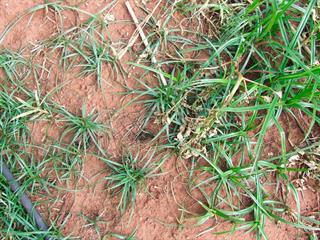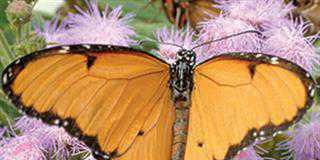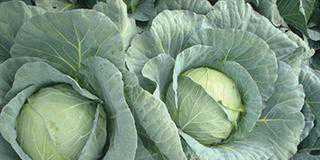
Not all weeds are equal; some are a far greater threat than others. As noted in the last article on weeds, a problem with weeds is that the farmer often fails to recognise a new weed as a threat, because there may be just the odd example here and there. By the time he realises a new weed has arrived, it may be there in number.
Most weeds are hard-seeded and many are prolific seeders. This results in lower crop yield or greater production costs, not least because the weed could remain a problem for years.
Allelopathy and autotoxicity
I have visited many farms over my long career in the vegetable industry, and have seen for myself what happens when weeds invade a land.
Weeds share sunshine energy, water and nutrients with the crop, thereby reducing yield, but certain weeds do more than that. They release compounds in the soil that inhibit the growth of adjoining plants to give themselves a better chance of dominating the area and reproducing more rapidly. This process is referred to as allelopathy.
The opposite – autotoxicity – can also occur. This is where the plant produces chemicals that inhibit the germination
of its own seed. This may seem like a self-defeating characteristic; in fact, it benefits the species. Autotoxicity is well known in lucerne (Medicago sativa) and other species that are prolific seeders.
Simply put, it ensures that the plants don’t develop a stand so dense that competition between offspring compromises growth.
Prolific under all conditions
Nutsedge (Cyperus rotundus) is generally regarded as the world’s worst weed. It spreads by multiple bulbs produced by underground rhizomes, can also spread from seed, is difficult to eradicate and poisons the soil through allelopathy. It thrives in both acid and alkaline soils.
Nutsedge is also known as nut grass, but the former term is more accurate as it is not a true grass. Unlike grasses, sedges have no nodes. It is also called watergrass as it thrives in wet conditions.
We have two nutsedge species in South Africa: yellow nutsedge (Cyperus esculentus) and purple nutsedge (C. rotundus). Yellow nutsedge is more common and is easier to control with herbicide than purple nutsedge. The latter prefers warmer areas, but can also grow well in cooler climes.
I struggled with it south of Johannesburg, where the temperature drops to below 10°C.
Glyphosphate for control
Yellow nutsedge can be controlled by using glyphosate. Mix ammonium sulphate at the rate of 500g/100l water, then add the glyphosate. You can also use one of the recommended adjuvants.
Spray when the weed is in flower at the recommended rate. Four days later, spray again at half the rate. Follow-up sprays, perhaps as a spot spray, are often necessary. You must get rid of the weed at all costs – you cannot farm successfully if it is present.
C. rotundus is far easier to control by cultivation and usually does not occur where vegetables are grown intensively.













